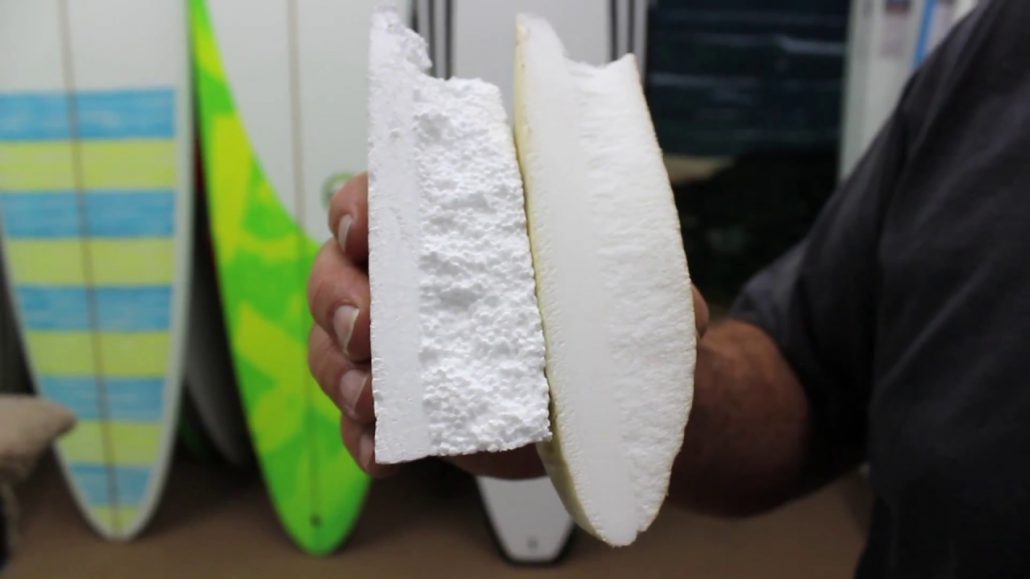When it comes to sealants and adhesives, two of the most popular choices are epoxy and polyurethane. Both are strong and versatile, but there are also some key differences between the two. It’s important to understand these differences to help you choose the right epoxy vs polyurethane product for your project.

Image Source: Google
Epoxy is a two-part adhesive that is made up of a resin and a hardener. It is highly durable and can be used for a variety of applications, including bonding, filling, and sealing. It is also resistant to most chemicals and can withstand high temperatures.
Epoxy is often used in construction, automotive, and industrial applications. Polyurethane is a single-part adhesive that is made up of a polymer and a catalyst. It is flexible and can be used for applications like bonding, filling, and sealing.
It is also resistant to many chemicals and can withstand temperatures up to 200°F. Polyurethane is typically used in aerospace, automotive, and consumer goods industries. In terms of strength, epoxy is the stronger of the two.
It is able to bond with strong adhesion and can withstand temperatures as high as 250°F. However, it is not as flexible as polyurethane and can crack in extreme temperatures or when exposed to solvents.
When choosing between epoxy and polyurethane, it’s important to consider the application. Epoxy is the best choice for applications that require strength and temperature resistance, while polyurethane is better for applications that require flexibility and solvent resistance.
Overall, epoxy and polyurethane are both strong and versatile materials, but there are some key differences between the two. It’s important to understand these differences to ensure you choose the right material for your project.


